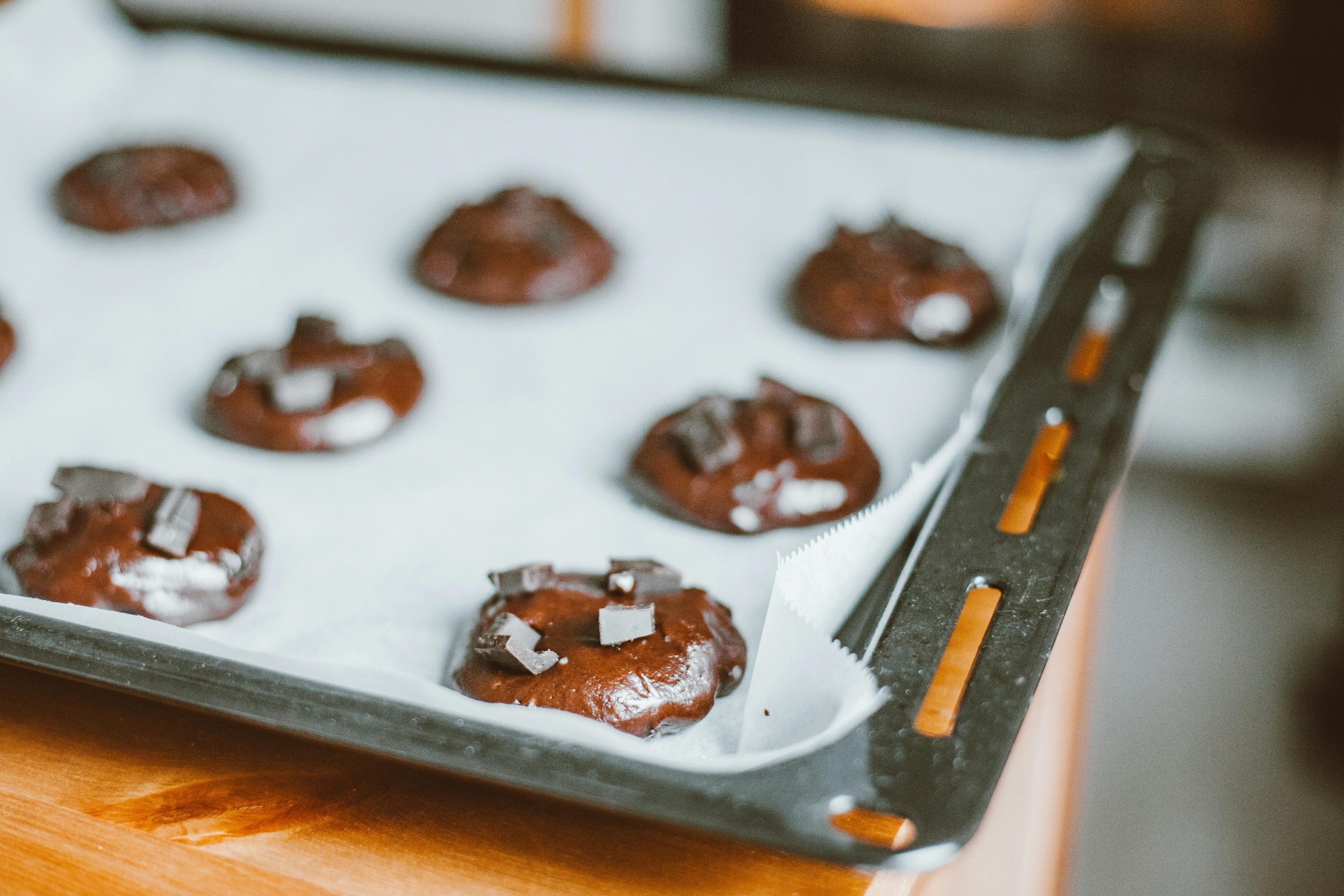There’s nothing quite like the aroma of freshly baked chocolate chip cookies wafting through your kitchen. Whether you’re a seasoned baker or a beginner, mastering the perfect chocolate chip cookie can be a game-changer. Crispy edges, chewy centers, and melty chocolate chips—every bite should be pure bliss. But achieving that ideal texture and flavor isn’t just about following any recipe; it’s about understanding the science and secrets behind the process. Here’s how to bake the perfect chocolate chip cookies every time.
Choosing the Right Ingredients
The foundation of any great cookie lies in its ingredients. Using high-quality, fresh components can make all the difference in flavor and texture.
- Butter: Opt for unsalted butter to control the salt content. For chewier cookies, use melted butter; for crispier ones, softened butter works best.
- Sugar: A mix of brown and white sugar ensures the perfect balance of chewiness and crispiness. Brown sugar adds moisture, while white sugar helps with spreading.
- Flour: All-purpose flour is the go-to, but for a softer texture, you can substitute a small portion with cake flour.
- Chocolate: High-quality chocolate chips or chopped chocolate bars melt better and provide richer flavor. A mix of milk and dark chocolate can add depth.
- Eggs: Room-temperature eggs blend more evenly into the dough, ensuring a uniform texture.
The Perfect Dough Consistency
Getting the dough just right is crucial for the perfect cookie. Overmixing or undermixing can lead to undesirable results.
- Creaming Butter and Sugar: Beat the butter and sugars until light and fluffy—about 3-4 minutes. This incorporates air, giving the cookies a lighter texture.
- Adding Eggs and Vanilla: Mix in eggs one at a time, followed by vanilla extract. Overbeating at this stage can make cookies tough.
- Dry Ingredients: Sift flour, baking soda, and salt together before gently folding them into the wet mixture. Mix just until combined to avoid gluten development, which can make cookies dense.
- Chilling the Dough: Refrigerate the dough for at least 30 minutes (or up to 48 hours). This prevents excessive spreading and enhances flavor as the ingredients meld together.
Baking Techniques for Perfect Cookies
Even the best dough can turn into mediocre cookies if baked incorrectly. Follow these techniques for flawless results every time.
Oven Temperature and Timing
Preheat your oven to 350°F (175°C) for even baking. Too hot, and the edges burn before the center cooks; too low, and the cookies spread too much. Bake for 10-12 minutes, rotating the tray halfway for uniformity.
Cookie Size and Spacing
Use a cookie scoop or tablespoon to ensure uniform size. Space dough balls at least 2 inches apart to allow for spreading. For thicker cookies, slightly underbake and let them finish cooking on the tray out of the oven.
Baking Sheets Matter
Light-colored, heavy-gauge aluminum sheets promote even browning. Avoid dark pans, which can cause over-browning. Lining with parchment paper prevents sticking and makes cleanup easier.
Pro Tips for Next-Level Cookies
Want to take your cookies from good to extraordinary? Try these expert tricks.
- Flaky Salt Finish: Sprinkle a pinch of flaky sea salt on warm cookies for a sweet-salty contrast.
- Brown Butter: Brown your butter before adding it to the dough for a nutty, caramelized flavor.
- Double Chocolate: Add cocoa powder to the dough for a chocolate-chocolate chip variation.
- Freeze for Later: Portion and freeze unbaked dough balls for fresh cookies anytime—just add a minute or two to the baking time.
Common Mistakes to Avoid
Even small missteps can lead to less-than-perfect cookies. Here’s what to watch out for.
- Overmeasuring Flour: Spoon flour into the measuring cup and level it off—don’t scoop directly from the bag, as this compacts the flour, leading to dry cookies.
- Using Cold Butter: Butter that’s too cold won’t cream properly, resulting in dense cookies.
- Overbaking: Cookies continue to cook on the tray after removal from the oven. Pull them out when the edges are golden but the centers look slightly underdone.
- Ignoring Altitude: High-altitude bakers may need adjustments like reducing sugar or increasing flour to account for air pressure differences.
Baking the perfect chocolate chip cookie is both an art and a science. By selecting the right ingredients, mastering dough consistency, perfecting baking techniques, and avoiding common pitfalls, you’ll achieve bakery-worthy results every time. Whether you prefer them crispy, chewy, or somewhere in between, these secrets will ensure your cookies are always a hit. Now, preheat that oven and get ready to enjoy the best homemade chocolate chip cookies of your life!
